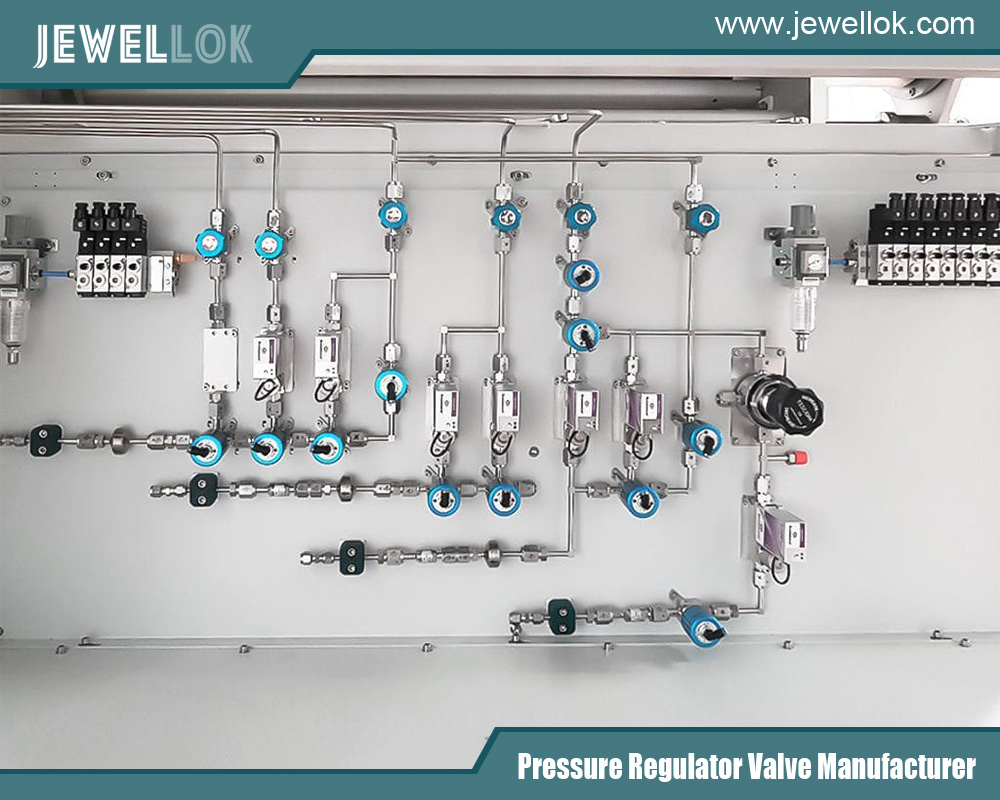Blog
Jewellok is a professional pressure regulator and valve manufacturer and supplier.
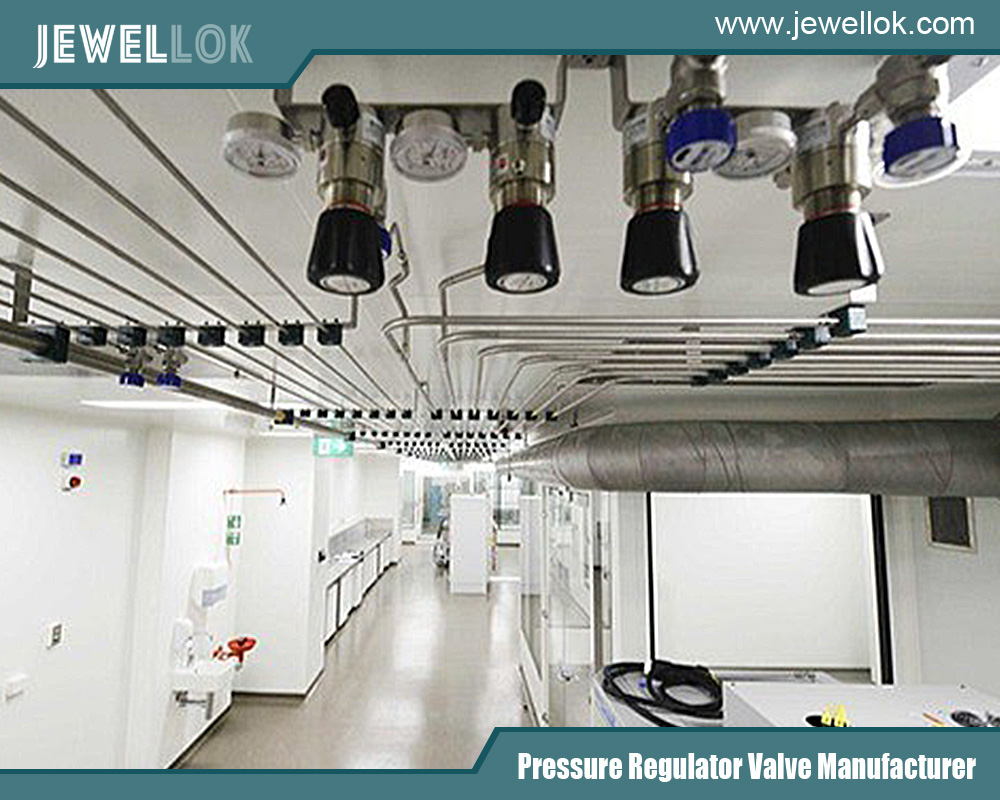
Low Pressure Nitrogen Gas Regulators: A Comprehensive Guide to Efficient and Safe Gas Control
- Pressure Regulator Valve Manufacturer
- adjustable low pressure propane regulator, air compressor non return valve, how a gas pressure regulator works, how a pressure regulator works, how do pressure regulators work, humming propane regulator, low pressure nitrogen gas regulator China, low pressure nitrogen gas regulator factory, low pressure nitrogen gas regulator hotsale, low pressure nitrogen gas regulator manufacturer, low pressure nitrogen gas regulator OEM, low pressure nitrogen gas regulator supplier, low pressure nitrogen gas regulator wholesale, low pressure nitrogen gas regulators, oxygen cylinder manifold, propane adjustable pressure regulator, purpose of flame arrester, safety relief valve vs safety valve, safety valve vs pressure relief valve, second stage propane regulator, single stage pressure regulator, two stage pressure regulator
- No Comments
Low Pressure Nitrogen Gas Regulators: A Comprehensive Guide to Efficient and Safe Gas Control
In industrial and laboratory settings, precise control of nitrogen gas flow is essential for safety, efficiency, and accuracy. This is where a Low Pressure nitrogen gas regulator comes into play, ensuring the controlled release of nitrogen gas at a steady, low pressure suitable for various applications. Low Pressure nitrogen regulators are specifically designed to manage and maintain the flow and pressure of nitrogen gas, preventing fluctuations that could disrupt sensitive processes. This article will explore how Low Pressure nitrogen gas regulators work, their types, applications, benefits, and factors to consider when choosing the right one for your needs.
How Low Pressure Nitrogen Gas Regulators Work
A nitrogen gas regulator is a device designed to reduce the high pressure of nitrogen gas within a cylinder or pipeline to a manageable and controlled lower pressure. Low Pressure nitrogen gas regulators allow users to fine-tune the gas flow rate to specific applications requiring minimal pressure, making them ideal for delicate tasks and controlled processes.
Main Components of a Low Pressure Nitrogen Gas Regulator:
- Diaphragm: Separates the high-pressure inlet side from the Low Pressure outlet side.
- Valve Seat:Controls the gas flow by opening and closing in response to diaphragm movements.
- Adjustment Knob:Allows manual control of the desired outlet pressure.
- Pressure Gauges:Measure the inlet and outlet pressures, displaying real-time information to the user.
Operational Mechanism: When nitrogen enters the regulator, it passes through the valve seat, which reduces the pressure to a safer, Low Pressure level. The diaphragm adjusts to changes, allowing for a smooth, consistent flow of nitrogen gas.
Types of Low Pressure Nitrogen Gas Regulators
Various Low Pressure nitrogen gas regulators are available, each suited to specific applications and user requirements. Here are the main types:
1. Single-Stage Regulators
- Reduces pressure in a single step, suitable for applications where constant pressure adjustments are not required.
- This is common in applications where initial pressure is relatively stable.
2. Dual-Stage Regulators
- Provides two-stage pressure reduction, ensuring a more consistent output pressure.
- It is ideal for applications that require high accuracy and minimal fluctuations over time.
3. Automatic Changeover Regulators
- Automatically switches between gas sources when depleted, ensuring an uninterrupted gas supply.
- Used in industries that require a continuous flow of nitrogen gas.
Critical Applications of Low Pressure Nitrogen Gas Regulators
Low Pressure nitrogen gas regulators find use across various industries due to their ability to maintain controlled gas flow. Here are some typical applications:
Food and Beverage Industry
- Nitrogen is often used in food packaging to preserve freshness and prevent spoilage.
- Low Pressure regulators ensure a steady nitrogen gas flow, which is crucial for quality control.
Laboratories and Research Facilities
- Often used in controlled environments for sensitive chemical reactions or equipment.
- Regulators provide consistent, Low Pressure nitrogen flow needed in analytical equipment.
Welding and Metalwork
- Nitrogen gas is used as a shielding agent to prevent oxidation during welding.
- Low Pressure nitrogen regulators allow precision control, minimizing gas waste.
Pharmaceuticals
- Used in production processes where an inert atmosphere is needed to prevent contamination.
- Regulators ensure safety and precision when handling pharmaceutical-grade materials.
Benefits of Using Low Pressure Nitrogen Gas Regulators
The proper Low Pressure nitrogen gas regulator offers numerous benefits, especially in settings that demand precise gas control. Key advantages include:
- Enhanced Safety:Prevents over-pressurization, which could cause leaks or equipment failure.
- Improved Efficiency: Allows efficient use of nitrogen gas by preventing wastage.
- Precision Control:Essential for processes that require exact gas flow measurements and stability.
- Cost Savings:Reduces the frequency of nitrogen gas replacement and minimizes operational costs.
Choosing the Right Low Pressure Nitrogen Gas Regulator
Various factors must be considered when selecting a Low Pressure nitrogen gas regulator to ensure it meets the specific needs of your application.
Factors to Consider:
Outlet Pressure Requirements:
- Determine the exact outlet pressure needed for your application.
- Choose a regulator with an adjustable range that includes your target pressure.
Flow Rate:
- Match the regulator’s flow rate to your application’s demand to avoid underperformance.
Compatibility:
- Ensure compatibility with the type of nitrogen cylinder or pipeline.
- Check for material compatibility to prevent reactions between gas and regulator components.
Pressure Gauge Accuracy:
- Opt for regulators with high-accuracy gauges, especially for sensitive applications.
Durability and Maintenance:
- Choose regulators made from high-quality materials that resist corrosion and wear.
- Consider ease of maintenance, particularly in industrial settings.
Proper Maintenance and Safety Tips for Nitrogen Gas Regulators
Regular maintenance of nitrogen gas regulators is essential for optimal performance and safety. Here are some guidelines to follow:
- Inspection:Regularly inspect the regulator and gauges for signs of wear or damage.
- Cleaning:Keep the regulator free from dust and contaminants that could affect performance.
- Calibration:Periodically calibrate the regulator to ensure accurate pressure readings.
- Leak Testing:Perform routine leak checks, particularly at connections, to prevent accidental gas leaks.
Safety Tips:
- Avoid exceeding the regulator’s specified pressure range to prevent equipment damage.
- Always turn off the gas supply before performing maintenance or adjustments.
- Follow the manufacturer’s instructions for installation and handling.
Common Issues and Troubleshooting Tips for Low Pressure Nitrogen Gas Regulators
Even the best nitrogen gas regulators can experience issues over time. It’s important to recognize common problems and know how to troubleshoot them to maintain optimal performance and safety. Here are some typical issues with Low Pressure nitrogen gas regulators and their solutions:
Inconsistent Pressure Output
Cause: This is often caused by a blocked filter, worn-out diaphragm, or damage to internal components.
Solution:
- Inspect and clean or replace the filter if it’s clogged with debris.
- Check the diaphragm for signs of wear or tears and replace it if necessary.
- Ensure that the regulator’s internal components are properly lubricated and functioning.
Low Gas Flow Rate
Cause: Low flow may result from a malfunctioning valve, improper adjustment, or a leak in the system.
Solution:
- Verify that the valve is opening correctly and adjust the flow setting.
- Inspect the entire gas supply system for leaks, especially at connections, and replace worn seals or gaskets.
- Ensure the cylinder is not running low on gas, which can affect flow.
Gauge Malfunction
Cause: Pressure gauges can become inaccurate due to damage, corrosion, or internal buildup.
Solution:
- Check the gauges for visible signs of damage or corrosion.
- If the gauge is not reading accurately, recalibrate it or replace it with a new one.
- Clean the gauge area to prevent dirt or moisture buildup, which can interfere with readings.
Regulator Freezing
Cause: This typically occurs when the regulator is exposed to high gas flow rates or low temperatures, causing moisture in the regulator to freeze.
Solution:
- Reduce the gas flow rate to prevent rapid depressurization, which can lead to freezing.
- Install a moisture filter or dryer in the nitrogen supply line to prevent water vapor from entering the system.
- Keep the regulator warmer if possible, or use a regulator designed for low-temperature operations.
Conclusion
Low Pressure nitrogen gas regulators play a vital role in various industries by providing precise and safe gas control, which is essential for operations requiring steady, Low Pressure nitrogen flow. Whether in food packaging, laboratories, welding, or pharmaceuticals, these regulators offer enhanced safety, efficiency, and accuracy. Selecting the proper nitrogen gas regulator, maintaining it properly, and following best practices can significantly improve your processes’ performance, safety, and operational efficiency. With the proper Low Pressure nitrogen gas regulator, you can ensure a reliable nitrogen supply, minimize waste, and control sensitive processes.
For more about low pressure nitrogen gas regulators: a comprehensive guide to efficient and safe gas control, you can pay a visit to Jewellok at https://www.jewellok.com/ for more info.
Recent Posts
Tags
Recommended Products
-
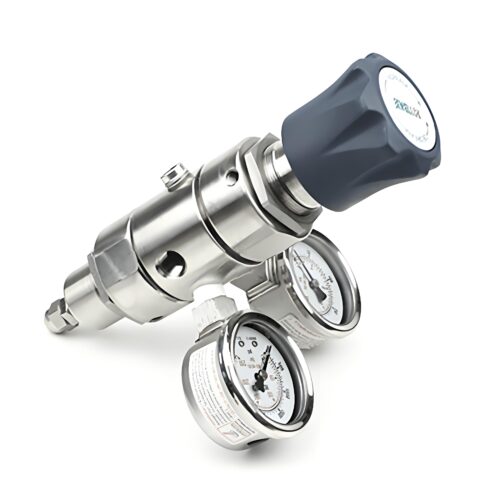
DPR1 Ultra High Purity Two Stage Dual Stage Pressure Reducing Regulator Semiconductor Grade Regulators
-
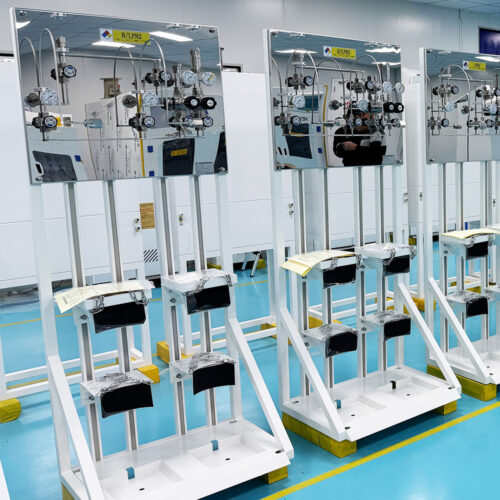
Manual Gas Rack High Purity Gas Delivery Systems JW-100-GR
-
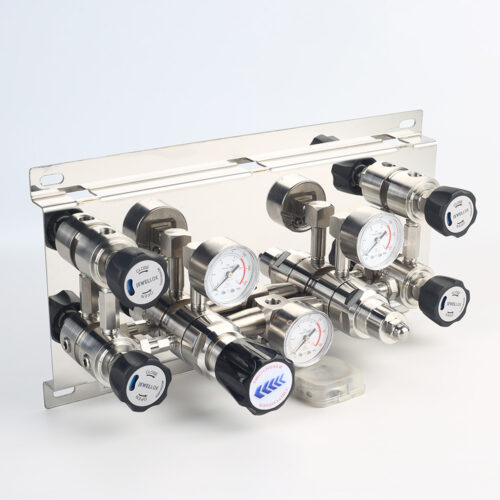
Pressure Control Panels For High Purity Gas Control System JSP-3AE Series From Pressure Control Panels Suppliers And Manufacturer
-
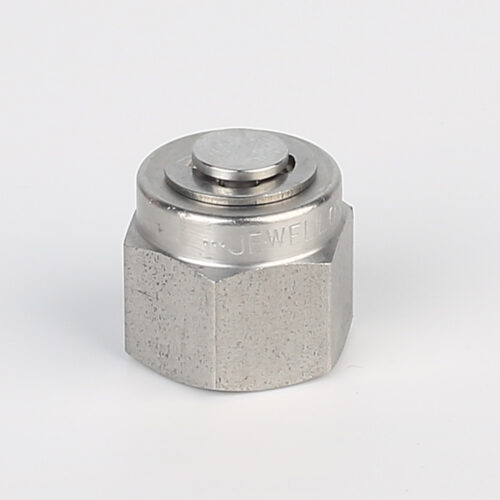
7121L Plug High Purity Plug Fitting And Blanking Plug
-
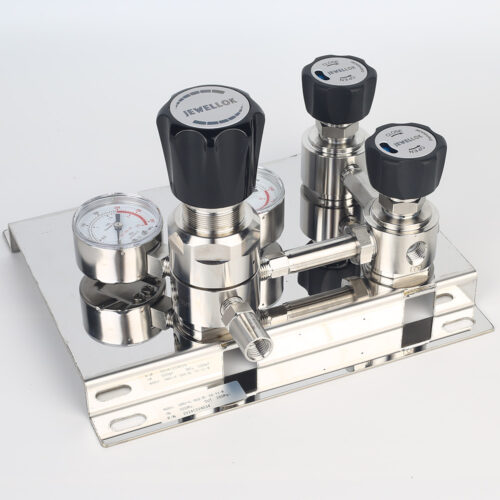
Stainless Steel 316L Single Stage Regulator Pressure Control Panels JSP-1E Series For Semiconductor Fluid Control
-
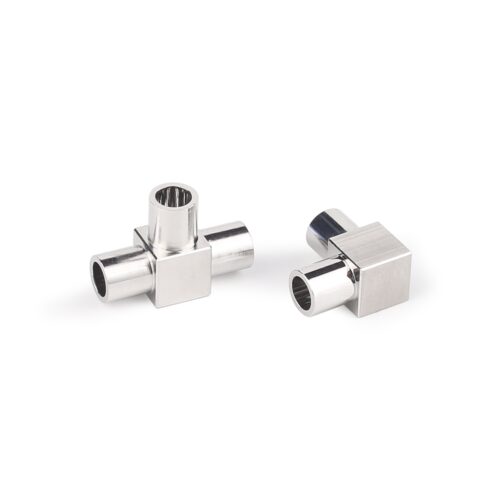
Stainless Steel Mini Elbow Mini Tee Mini Cross Mini Tribow Ultrahigh Purity Mini Butt Weld Fittings
-
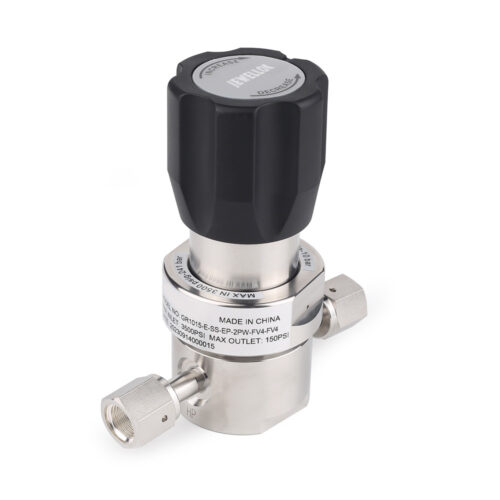
JR1000 Series UHP Ultra High Purity Single Stage Pressure Reducing Regulator And Low To Intermediate Flow
-
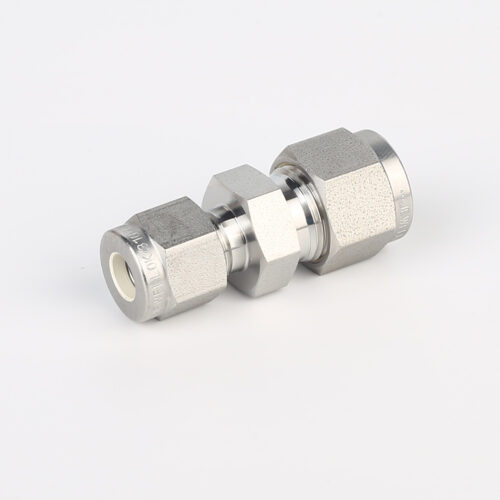
763L Stainless Steel High Purity Pressure Reducing Union Fittings And Tubing Pressure Reducing Valve Adjustment
